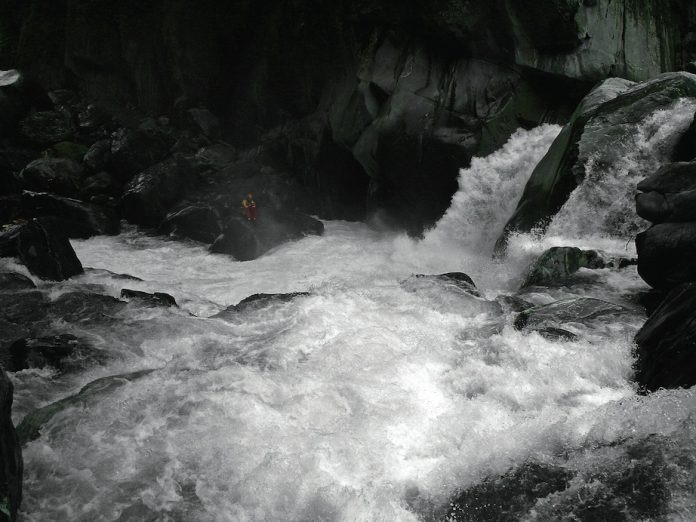Vancouver Summer Paddle Series Kicks Off
The Big Chop Summer Paddle Series is a 10 race series based out of Vanier Park in Vancouver, BC. Since the first race launched in 2007, the series has grown to become one of the largest multi-boat paddle races in Canada. The Big Chop is open to SUP, surfskies, outriggers, kayaks and canoes, and the emphasis is on fun and inclusivity with a hint of friendly competition. Line up on the start line under the Burrard Street Bridge with the setting sun in your face and the warm summer breeze on your back. After paddling the scenic course at your own pace, be sure to stay for a cold drink, hotdogs and for the chance to win draw prizes. The first race kicks off tonight, Thursday May 9, and the series continues every second Thursday to mid-September. New this year, the final race will be held on a Saturday (September 14) and be called the “Super Chop”—the distances will be longer (3, 7 and 15 kilometers) and the post-race party will include a BBQ, live band, beer and prize giveaway. Organizers are expecting 300 paddlers on the start line, making the Super Chop the largest multi-boat paddle race in Canada. Additional race details and registration links can be found at www.bigchop.ca.
Danny Mongno to Join Team Kokatat
Kokatat has a long history of sponsoring some of paddling’s most influential and iconic athletes. In May, the brand welcomes paddling instructor and Werner ambassador Danny Mongno to Team Kokatat. Mongno has been heavily involved in paddlesports since his introduction to kayaking at the age of 18. Now 40, he is a full-time Werner Paddles employee and travels the world teaching clinics that help athletes improve their paddling skills. Mongno’s industry experience adds another level of expertise and capabilities to Kokatat’s athlete program. “We’re excited to have Danny on our team and representing us at all the kayaking events he attends throughout the year,” says Jeff Turner, Sales and Design Manager with Kokatat. To learn more about Mongno and Kokatat’s complete roster of athletes and ambassadors, visit www.kokatat.com/team.
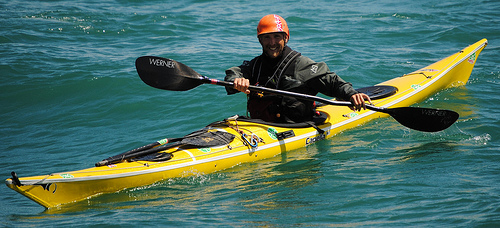
Bamboo… Miracle Material
It seems like you can find just about anything made from bamboo these days, from sports bras, paddles and bicycles, to furniture and flooring. Two cool new products made from this versatile, renewable material are Grass Racks‘ sport racks and SOLO Eyewear’s polarized Noliawood sunglasses.
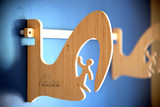
Since launching in November 2012, Grassracks is ready to release its second round of products in time for summer. These Malvern, PA-based board sport enthusiasts have designed a new line of bamboo racks that cater to storing and displaying bikes, boards and skis. But we think they’d look even better draped with paddles! Meanwhile, San Diego-based SOLO Eyewear plans to debut a polarized collection, featuring SOLO’s signature bamboo arms, this May. Like all of SOLO’s collections, the polarized line is handcrafted and made with recycled bamboo.
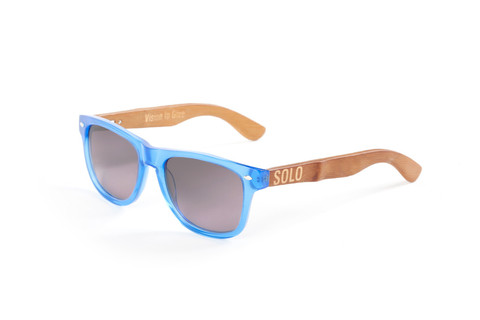



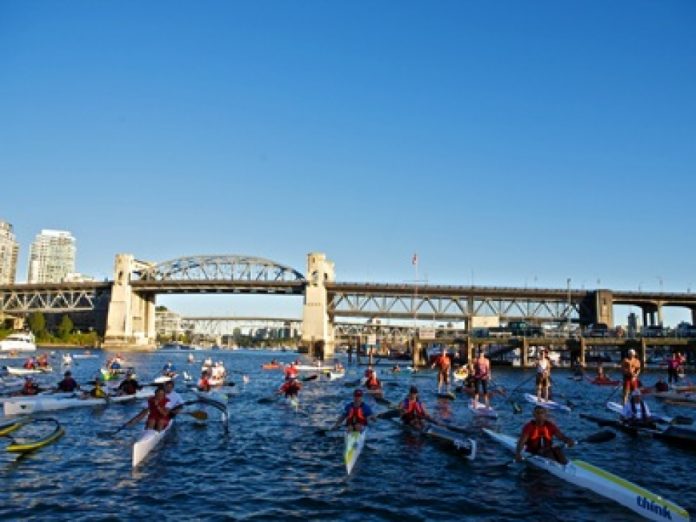
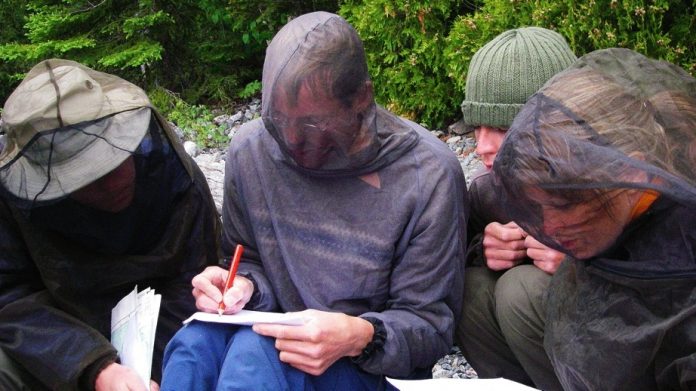
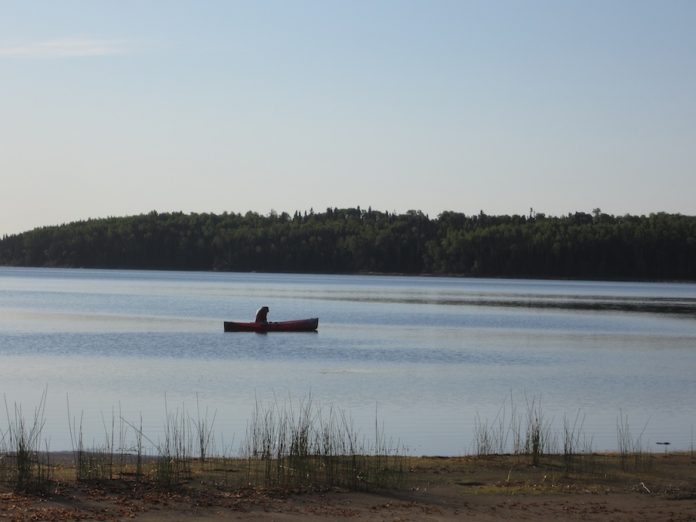
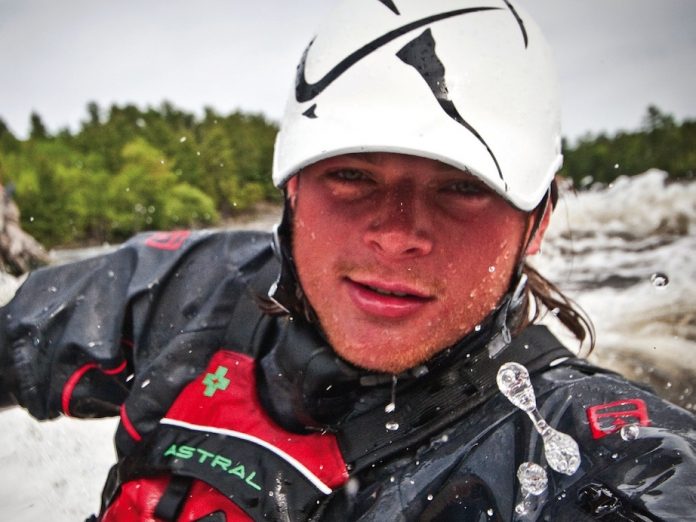
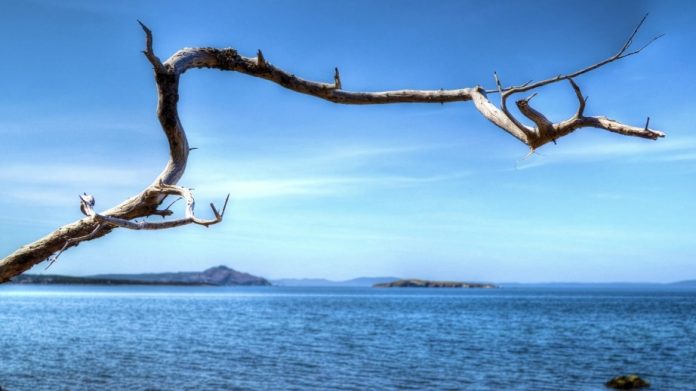
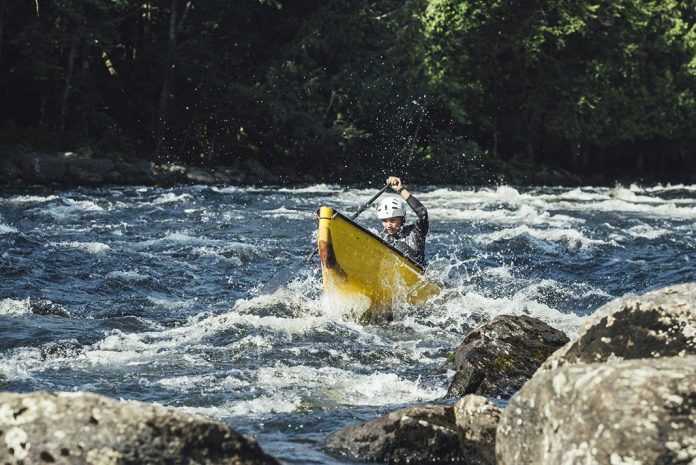
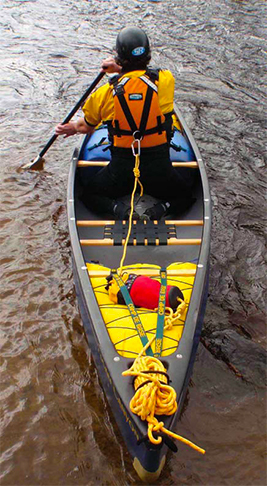
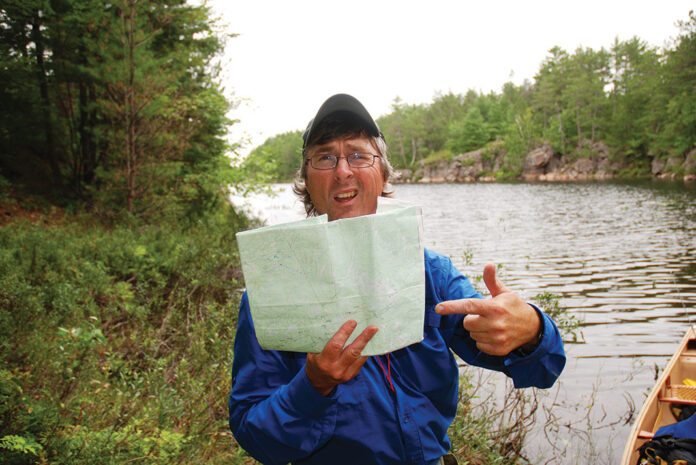

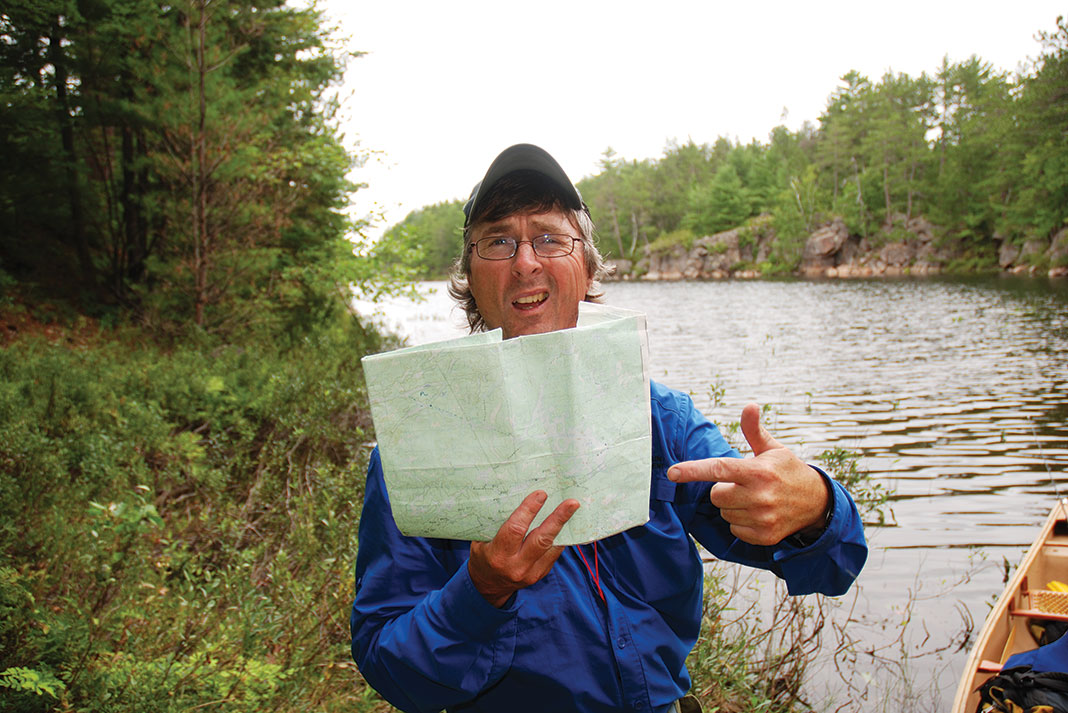
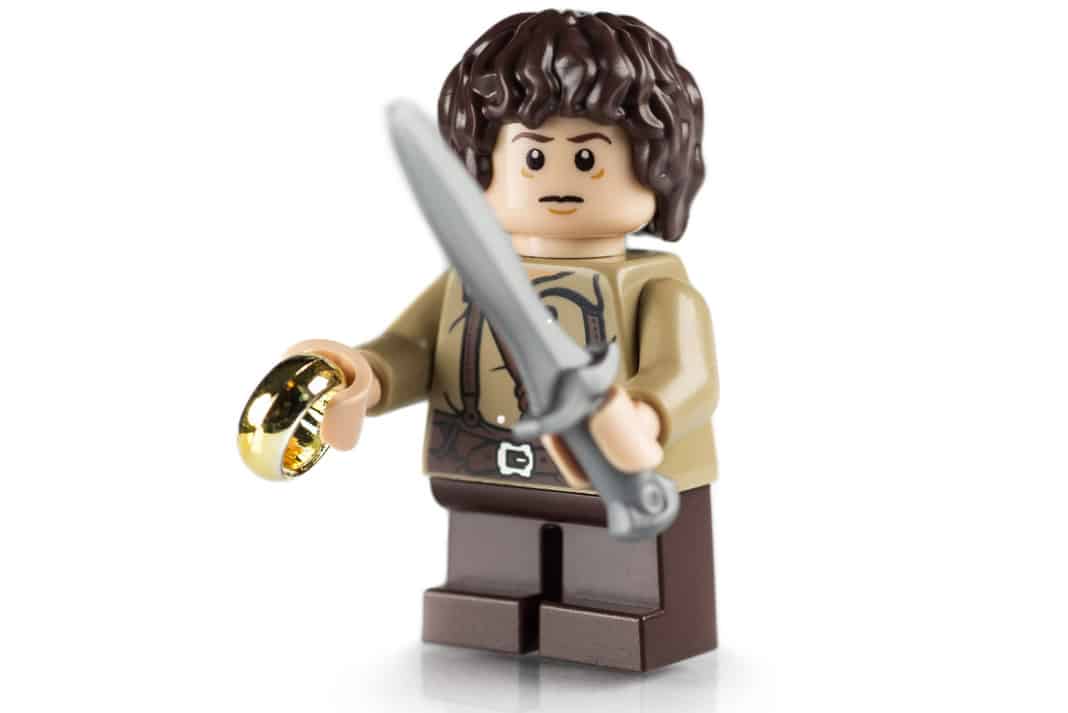
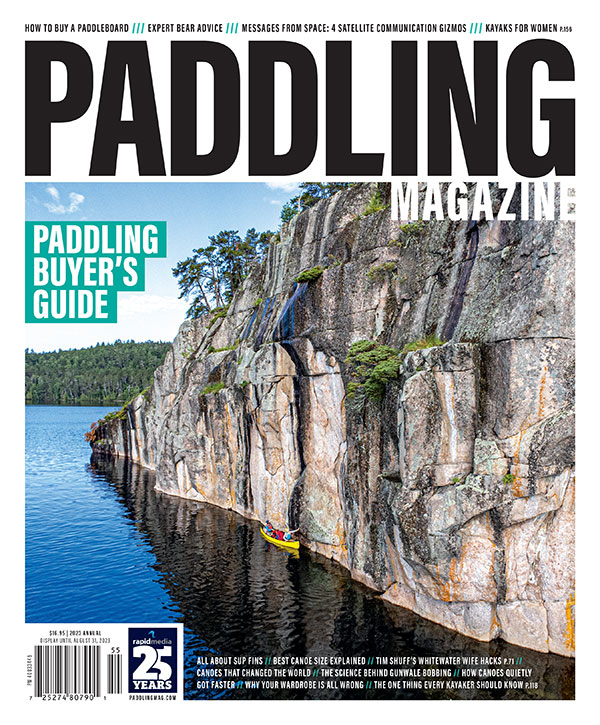 This article was first published in the Summer/Fall 2011 issue of Canoeroots Magazine and was republished in the 2023 Paddling Buyer’s Guide.
This article was first published in the Summer/Fall 2011 issue of Canoeroots Magazine and was republished in the 2023 Paddling Buyer’s Guide. 